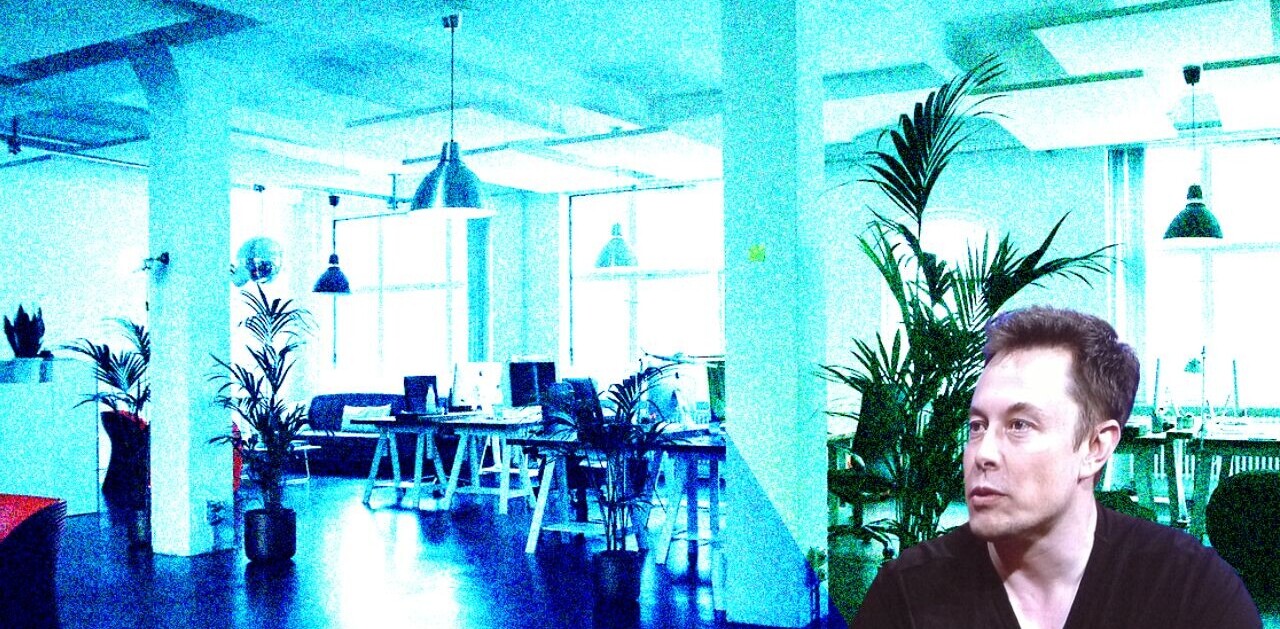
John Joseph is the president and co-founder of DataGravity.
Technological advances have expanded work environments far beyond the confines of our office walls and into our personal lives. We now see people working in trains and planes and on their mobile phones and tablets.
The truth is that with the mobile technology available to us today, office boundaries don’t really exist. But a few questions remain: is the traditional office still the only place real work gets done? How do we even define work? And with work ingraining itself into our personal lives, can we ever truly unplug? There is an influx of workers without borders, but what about workers beyond work?
Get outside of work
If you are an innovation worker, you get rewarded for presenting visionary ideas that solve problems and change dimensions in a measurable way. Your boss might call this out-of-the-box thinking; that’s a cliché, but one with on-target connotations.
Office walls can box you in physically and creatively; it can leave you with ideas that get predictably stale. Workplace collaboration is important, but new ideas often come from our personal experiences and our lives in the community.
In fact, it is sometimes when we are not “working” at all in the traditional sense of the word that we have our best ideas. When employees get outside of their work, they can actually improve their productivity and quality of work.
Leverage the human connection
Here’s an example. Have you ever watched people shuffle through a local train station or café? Observing their actions can inform how we think about living, working and communicating.
A man’s quick sprint to catch the train or the way the woman sitting next to you at the café organizes her folders could inform the next move you make in the design of your product. The way your son negotiates his way into staying up one hour later could map out your next motivation tactic for your sales team.
Taking a step back and observing the human interactions happening around you can bode well for your business. New ideas can spring from places you least expect them.
Exercise your brain muscles
Working various muscle groups makes for a healthy body, and exercising sections of the brain can produce a healthier and more productive employee. Employees should try to spend their weekends or vacations doing something completely unrelated to their professional work.
For me, fine woodworking and construction serves that purpose. When I work with various raw materials and transfer a vision into a fireplace mantle or a fluted column, I’m building an entirely different set of intellectual muscles.
When applied to the workplace, these creative fibers can drive some interesting thinking. It’s a “place” where there are no confines or rules. It’s raw canvas where imagination can run wild.
Here’s an example. On a snowy winter weekend a few years ago, I worked on a home renovation project, recreating the master bedroom to give it a federal period appearance, complete with lots of fluted columns and crown molding.
As I routed pieces of wood, a customer meeting from the previous week started to play through my head. While I poured over the details of my woodwork, the customer discussion in my head started to play a different tune as I listened to it outside the office walls.
I discovered that the story we were telling needed to be completely revised, as the customer was not looking at the situation the same way we were. That home transformation project enabled me to see the discussion from a whole different perspective as I took myself out of my work environment and allowed my creative juices to flow.
The next week we rewrote the company presentation, resulting in a very different and positive outcome.
Embrace ideas
Not every idea sparked outside of work is groundbreaking, but business leaders also need to accept that not every great idea was born in the boardroom.
Don’t be afraid to relay an idea you had while pushing your daughter on the swing or watching the game. Employees need to be dynamic thinkers and examine a situation from several different angles to see opportunities. If they are too ingrained in their work and trapped in the box, they could miss obvious alternatives or opportunities to make things simpler.
This flow and vetting of ideas is where the new productivity index is being measured, and these ideas often come to people outside of their work days.
Business eventually gets personal
Customer relationships are built between individuals, and building those connections is critical to conducting business. Developing and growing your “person”-ality keeps you current, relevant and relatable to your customers.
That is why business leaders sometimes need to get outside of their work and break free of the box to expose themselves to things other than their businesses, so they can connect with customers, prospects, co-workers and others at a person-to-person level.
So, to answer the questions at the beginning: no, the office is not the only place work gets done. Creative work is sometimes accomplished before we even realize it, during our everyday lives and personal interactions.
We are entering an era where work and life overlap. However, it is possible to unplug, to step outside of the box, and we need to do so. It is during those times that some of the best business ideas and solutions may be born.
Get the TNW newsletter
Get the most important tech news in your inbox each week.








